Hydration and nutrition: the key to a successful virtual run
It doesn’t matter if you are an experienced runner or a first timer, it is extremely important for everyone to plan their hydration and nutrition for a virtual run. If you were to attend a physical race the hydration and nutrition is largely planned for you with aid stations situated at regular intervals along the course. In a virtual run it is up to you to make sure this is not forgotten.
Hydration isn’t just water! Water is fine for shorter runs, but a longer run results more fluid loss and this is when you should consider fuelling up with added electrolytes as well.
To help determine how you are going to best fuel your race it is important to pre-plan the course you will run. Are you going to run out and back? Will a looped course work best for you? Knowing where you are going to run will then help you plan the best way to get your hydration during your run.
The three most popular strategies for virtual races are –
- Carry your own Hydration & Fuel: Why not invest in a running vest or belt to carry your drinks and gels with you. Carrying your hydration and fuel means you can access them at all times throughout your race no matter where you are.
- Set up an aid station on a looped course: Why not run a looped course starting at home? Set up your aid station on your driveway or front yard and your nutrition will be accessible at the same interval throughout your race.
- Have a friends or family meet you at pre-determined locations on your course with your drinks and gels. They can also act as your cheer squad to help keep you motivated!
Pre-race hydration and training
Hydration isn’t just about during and after a run, it is also important to stay hydrated in the days leading up to your run. Sip on an isotonic hydration/electrolyte formula in the days leading up to the event to ensure your hydration and electrolyte levels are at their peak.
Get to know your sweat and figure out how much hydration do you need during a run. Sweat rates between people and climates can vary MASSIVELY! It is important to practice and monitor your hydration/dehydration levels in training to find your perfect hydration rate. TIP: Weigh yourself pre and post-run and aim to not lose more than 2% of your body weight.
If you are doing one of the longer races it is good idea to carbohydrate load (eating pasta, bread and carbohydrate-rich fruits like bananas) in the 2-3 days leading up to the race to ensure that the stored energy within you body is fully saturated (this energy is stored as glycogen in your muscles and liver).
During your virtual run
After only 30 to 60 minutes of intense exercise, you start using the stored energy within your body (the glycogen in your muscles and liver). In addition to carb-loading in the days leading up to the race you can also pre-load on the day of the race by consuming 1 g to 4 g of carbs/kg of body weight in the hours leading up to the race to ensure your body is fully saturated up for that first hour. However, after that first hour, you’ll need to top-up those energy levels with 30 g to 60 g of carbs each hour after that. TIP: Don’t wait until it’s too late, start refuelling (45 minute mark) before your body’s stores become depleted.
Fixx Fuel X Tropical Fruits is perfect for hyddration during your virtual run. Containing electrolytes plus carbohydrates Fuel X helps boost energy and replenishes vital electrolytes. Stay energised, hydrated and replenished with Fixx!
Recovery
Hydration and nutrition doesn’t stop at the finish line and the last step to a successful run is your recovery. The first 30 minutes post-run are crucial to recovery, your body is depleted and crying out for you to replace what you’ve just burned through, the sooner you can start refuelling, the sooner the recovery process can begin and the better you’ll feel in the coming days. The key nutrients to consider are:
Hydration/Electrolytes – aim to replace 150% of the fluid you’ve lost and 1-2 doses of electrolytes
Energy – you need to replenish glycogen levels, carbs are the best option and aim for 1g per kg you weigh
Protein – the building block of muscles and a recovery must-have, aim for at least 10g of protein
Inflammation-reducing foods such as blueberries, almonds and green leafy vegetables are definitely worth including
The key takeaway messages here are to plan and practice your hydration and nutrition strategies before your virtual race day, especially if you are attempting one of the longer races. Good luck!



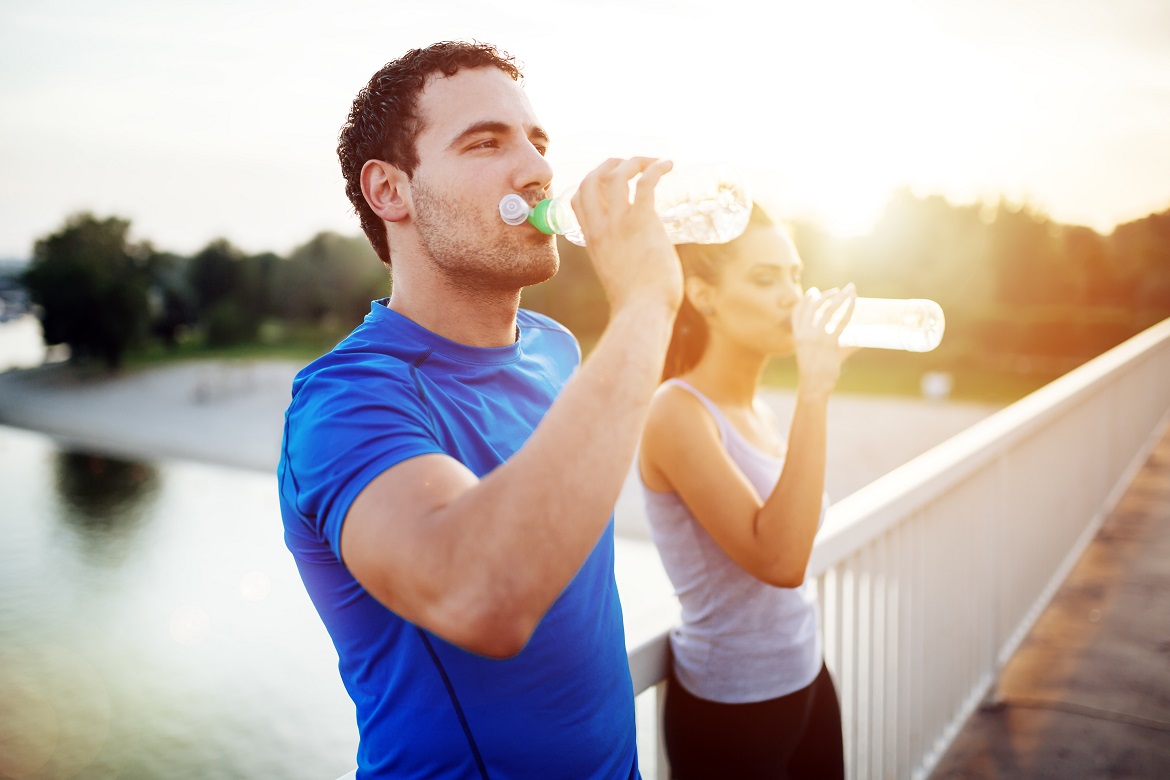
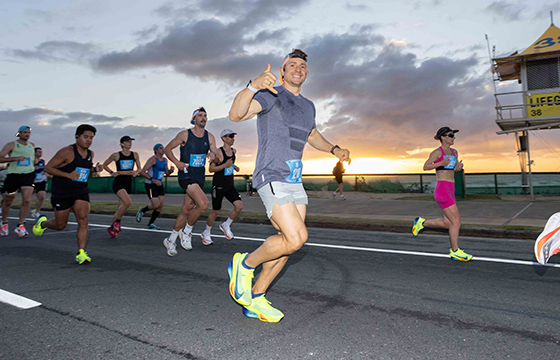
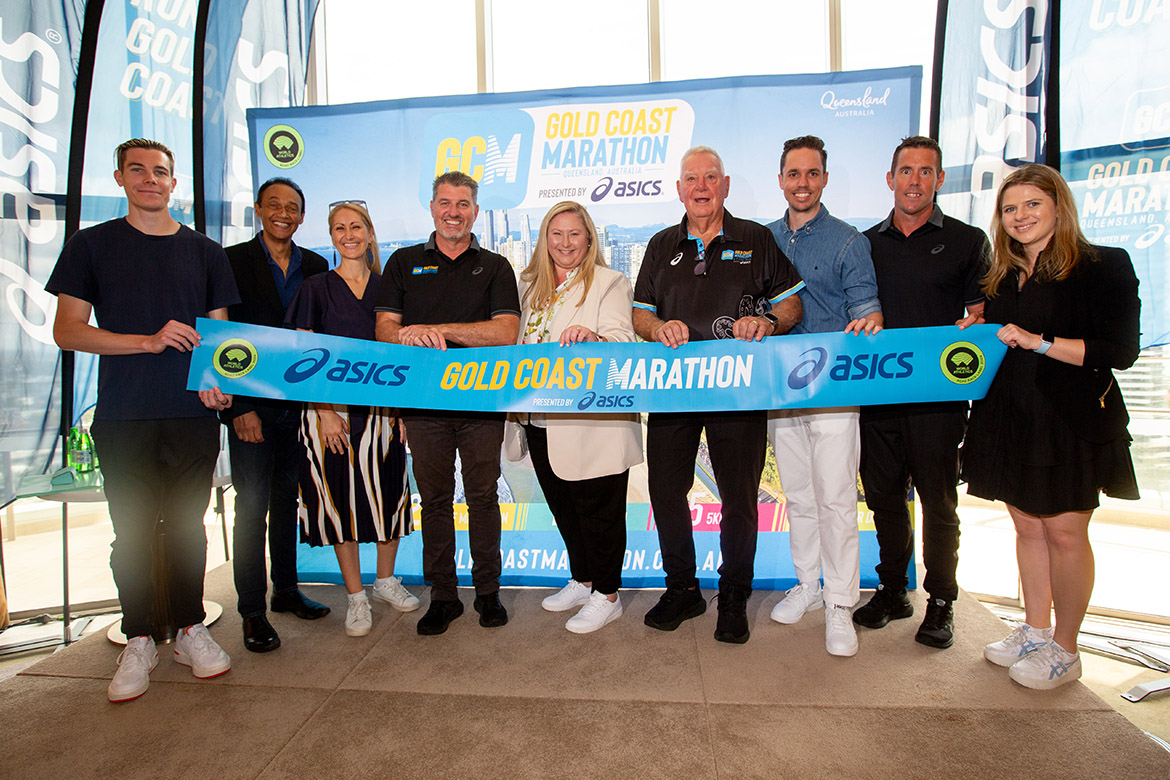
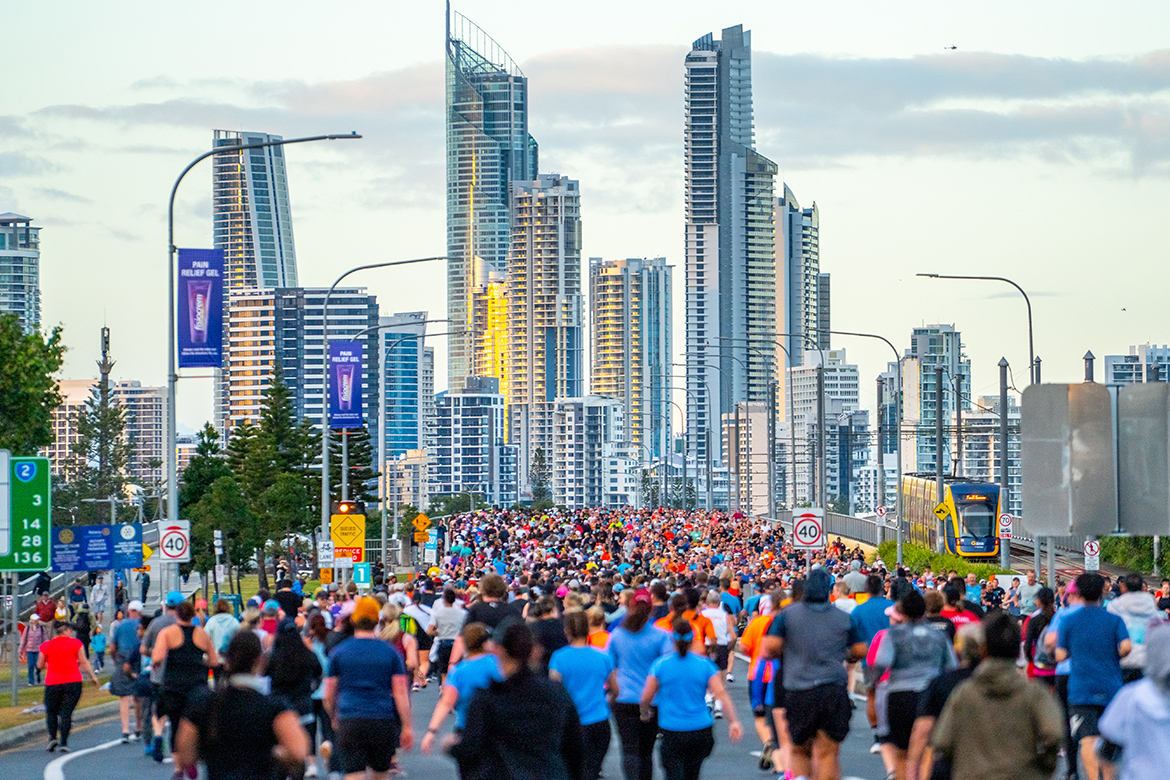


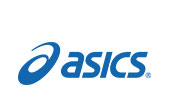













RUNNERS. TAG YOUR PHOTOS WITH #GCM25